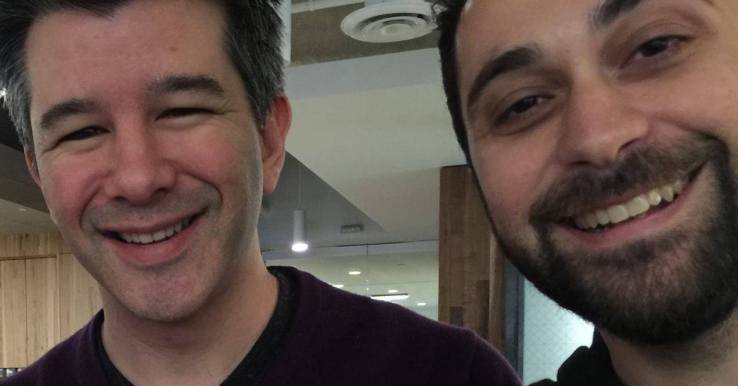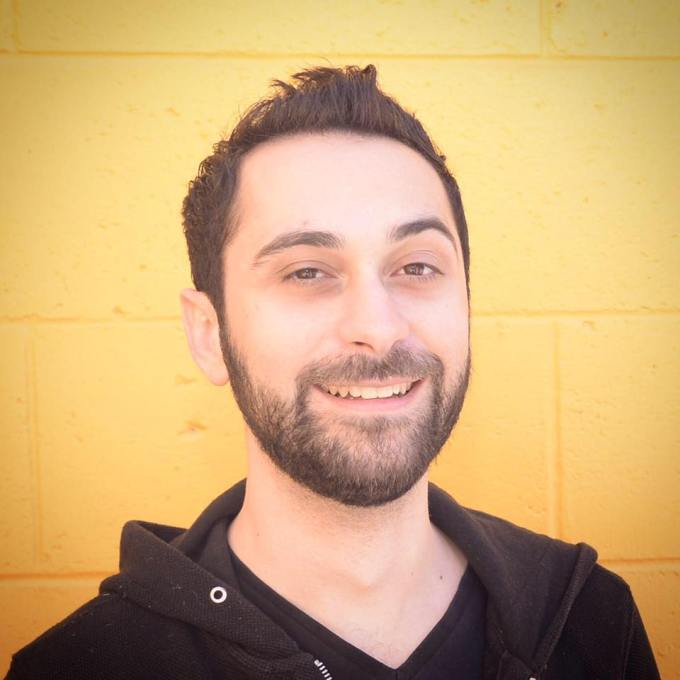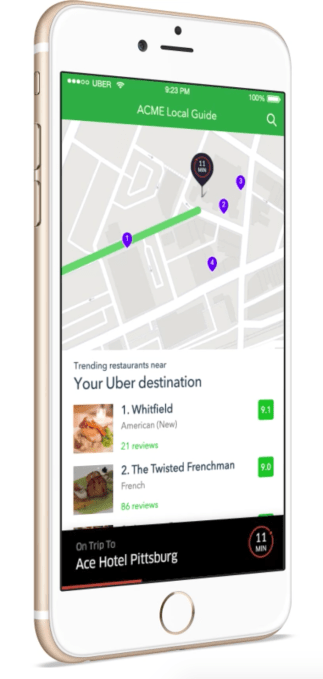Uber’s head of developer product leaves citing Kalanick’s ouster

Without the heavyweight backing for the platform from former CEO Travis Kalanick, Uber’s head of developer product Chris Saad is leaving the company. It’s unclear where the platform will rank in Uber’s revised priorities as it tries to right the ship, and so he tells me he is moving on to a company where working with outside developers is a central focus.
Saad stressed that Uber’s platform isn’t dead or shutting down, but said he wants to be somewhere that’s making big, bold bets on developers. It doesn’t seem like that can be Uber right now with its troubles.
He also commented on the internal culture of Uber in comparison to media criticism following Susan Fowler’s report of sexism and discrimination at Uber. “I personally would not have described the culture around me as toxic. Difficult, and challenging, and truth-seeking, and maybe even political, but it doesn’t seem to rise to the level you’d expect from the media reports.”

Saad joined Uber as the head of product for the developer platform in April 2015 after four years as co-founder of real-time engagement web and app tool startup Echo. Joining shortly after the launch of Uber’s first API, he built the platform team responsible for embedding “Request a ride” buttons in other apps, testing ways for merchants to give Uber discounts for rides to their stores, and offering mid-ride content from partners like Snapchat.
Now that product team will have to carry on without its leader. “Getting to be the head of product for the Uber developer platform was a dream job, a dream opportunity” he tells me. “It was a real pleasure working with super smart people who throw their heart and soul into what they’re doing. I’m cheering them on from the sidelines.” Recode reported Saad’s exit early today citing anonymous sources.
 As for going forward, Saad tells me he’s doing some developer platform consulting with other companies in the short-term. Eventually he plans to “look for a growth company with a meaningful role where a developer platform and an open ecosystem is central to their mission and vision.” He echoed that sentiment in a Medium post about his departure, further implying that Uber does not see the platform as a “central and strategic part of the company’s vision.”
As for going forward, Saad tells me he’s doing some developer platform consulting with other companies in the short-term. Eventually he plans to “look for a growth company with a meaningful role where a developer platform and an open ecosystem is central to their mission and vision.” He echoed that sentiment in a Medium post about his departure, further implying that Uber does not see the platform as a “central and strategic part of the company’s vision.”
Saad’s departure underscores the secondary problems stemming from Uber’s leadership shakeup, including the ousting of Kalanick. Top talent may not be willing to stick around through the transition while hoping their projects get as much support from the next CEO as from Kalanick.
When Kalanick was forced to resign, Saad shared on Facebook “Fuck.That.” on a bright red background. He later posted that “The cost of losing him as Uber’s CEO will be incalculable.” He’s also signalled his support for removing investor Benchmark from Uber’s board, and has spoken up in defense of Kalanick and Uber in their ongoing lawsuit with Google’s Waymo over allegedly stolen self-driving technology.
While Kalanick was merely on sabbatical after the death of his mother in a tragic boating accident, Saad said he thought he could potentially return in three to six months. But after his forced resignation, he said it could be years for the narrative to change enough for Kalanick to take back the CEO role.
For now, Uber will have to reassure its talent that it can still have the audacity to succeed as a startup without its CEO, and while making necessary changes to dismantle sexism and discrimination inside the company. Saad said the latter may be the right priorities for Uber as a whole and perhaps Silicon Valley culture as well. But that’s put the most innovative aspects of Uber in limbo.